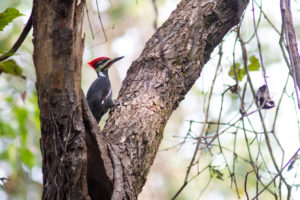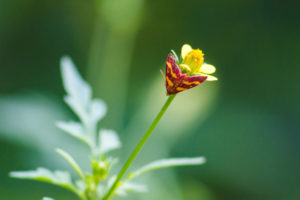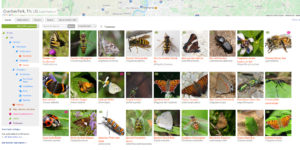Checking in on iNaturalist
It’s been a while since we reported on what’s new with our favorite nature observation and identification program, iNaturalist. You may remember that we launched a field guide to Overton Park’s plants using the platform, followed by a guide to birds. These are both handy tools to use when you’re trying to identify something you’ve seen in the park, and we’re so happy whenever someone tells us they enjoy exploring the guides. But what you may not know is that as iNaturalist gets older, the data it’s collecting is becoming a powerful tool for advancing scientific research.

iNaturalist’s primary purpose is to allow people to upload photos or sounds of organisms they see in nature. Not sure what you’re looking at? A community of thousands of naturalists is there to help you figure it out. Any observation whose identity is agreed on by two or more people becomes “research grade,” and that data is considered reliable for scientific research.
The folks at iNat recently announced that they’ve reached 6 million observations from 150,000 different users. (The site began to surge in popularity last year after an NPR story compared it to Pokemon Go for nature.) The increased level of data has enabled the site to launch a visual tool that suggests potential identifications based on photos and geography. When you upload a photo, iNat checks your picture’s visual content against other photos that have been uploaded near you, to determine the most likely identification for your subject. It usually gives you several options, with the likeliest ID on top.
As observers add photos of species, and fellow users confirm those identifications, iNaturalist is getting smarter about what species are likely to occur in what areas. Because the identification guesses are dependent on the platform’s existing data, every time we upload and correctly identify something, we’re making it stronger. You can try the tool yourself when you download the iNaturalist app to your phone, or on a desktop at inaturalist.org/computer-vision-demo.

Here’s how we learned that this brightly-colored moth was the coffee-loving pyrausta moth. (The caterpillars like to feed on wild coffee plant, but they also have a weak spot for asters in the Bidens genus. Unsurprisingly, this one is perched on a Spanish-needles plant: Bidens bipinnata.)
Where does Overton Park fit in?
We’ve got a pretty good handle on what plants occur in the park thanks to Tom Heineke’s 2009 botanical study. We also know most of the birds that appear in the park, thanks to years of data from the Tennessee Ornithological Society (much of which made it onto eBird, another great nature-observation platform performing amazing data visualizations).
But in other areas, we have a lot to learn. Because there are exponentially more insect species in the world than there are plants or vertebrate animals, we can assume that the number of insect species in the Old Forest dwarfs the 350 or so types of plants that occur there. But so far we only have 124 research-grade insect observations recorded in iNaturalist. Think of all the bugs just waiting to be discovered under leaves and logs!
Recording these observations helps scientists track how species are faring in a world impacted by climate change and habitat loss. As the climate warms, some species are expanding their reach, and others are being pushed into smaller and smaller suitable ranges. As funding for scientific research becomes harder to come by, it’s helpful for scientists to have hundreds of thousands of people on the ground, recording species occurrence in real time.

We also have a role to play in increasing the usage and effectiveness of this platform in general. Memphis is one of the ten worst-represented metropolitan areas on iNaturalist relative to population size–in other words, given our size, we should have far more observations than we do. For those curious about learning the names of species you’re seeing in your backyard, your neighborhood, or your parks, Overton Park is a great place to start recording some observations. We have a pretty robust species list, created from more than 2,000 observations, and that’s a great place to learn common local flora and fauna.
Want to connect on iNaturalist? Download the app from your phone’s app store or create an account online and follow me at mmcmasters and I promise to help you identify as much as I can if you’ll promise to help record observations in Overton Park!



